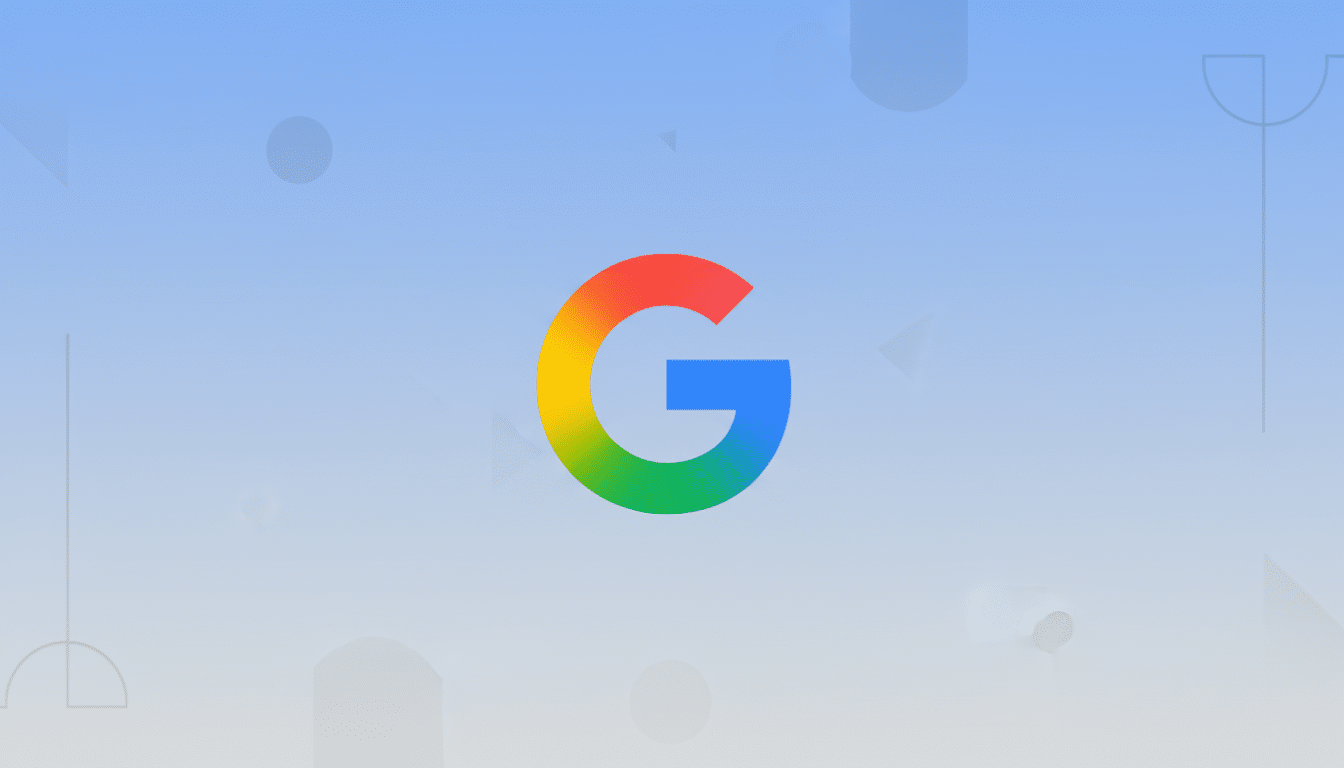Google is apparently getting ready to launch “Projects” for Gemini on Android. That’s a promising first step toward task-focused AI workspaces on mobile. New UI components within the newest build of the Google app point to a New Project option, a sign that users will be able to create and manage projects directly on their phones rather than being forced to begin on the web.
The buttons aren’t quite working yet, and the feature isn’t live to the public, but the existence of project list flows, in combination with strings hinting to users about file upload limits, shows Google is productizing this on mobile. For a tool designed to make work easier in any environment, it makes sense that projects are making their way to mobile as well.

What Changed With the Android App in Version 16.47.49
In version 16.47.49 (arm64) of the Google app, Gemini’s side menu now presents a Projects entry and a New Project control in-app. In the past, early clues had indicated that projects would have to be generated on the web initially. The latest build indicates that native, on-device project creation is part of the roadmap too — which should mean less friction for people who primarily use Gemini on their phones.
Text found in the app makes mention of the ability to link and add up to 10 files, which Gemini can refer back to for use across a project. That means a scoped knowledge base for each workspace, giving users the ability to fence in sources so that the assistant pulls from sources deemed relevant without pulling context from unrelated chats. It also suggests a long-term memory layer at the project level, similar to how corporate assistants would retain documents and instructions associated with a single project or team.
It is unclear whether the file cap will differ by plan, like Gemini Advanced or enterprise tiers; Google did not say. Since Gemini 1.5 models are built for large context windows, higher chains would seem to eventually be able to handle a larger number of larger-sized attachments.
Why Projects Are Important on Mobile for Gemini Users
Projects transform an AI chatbot into a workspace. Instead of managing scattered threads, users can centralize prompts, instructions, and files for a given goal — such as a thesis or a client proposal or a coding query — and return to one place with context intact. And OpenAI’s ChatGPT already has projects, while enterprise tools by Microsoft and Anthropic push the same workspace ideas because they limit context switching and errors.
Bringing that model to Android complements the way people actually work. Industry research from firms such as Comscore tells us mobile leads the way, and on the Google app alone, there are over 5 billion installs cited on Play. And if Gemini can keep a project’s sources and instructions pinned right there to the device you use most, what once was chat is now an all-in-one portable, living dossier.

There’s also a quality angle. Limiting the assistant to relevant sources within a project can minimize off-topic replies and hallucinations. For instance, a marketing team may store brand guidelines, approved copy blocks, and visual references inside a campaign project to ensure consistency across any asset created.
UI Tweaks Hint at Smarter Integration With NotebookLM
Outside of projects, the app is experimenting with small, meaningful reorganizations. An account switcher is seemingly readying a shortcut to NotebookLM, Google’s AI recommendation-powered note-taking and research tool. That positioning would put it a single tap away from Gemini, reinforcing a workflow where research sources and conversational drafting live side by side.
Gemini’s scheduled actions — the things you tell the assistant to do — also appear to be moving from buried settings into the main side menu bar. That could improve visibility and encourage more users to automate tasks they do over and over, a type of assistant that can create real productivity gains once it’s found.
Open Questions and What to Watch Before Public Launch
Several details remain unclear. Will they be able to sync across Android, iOS, and web? What types and sizes of files will be supported at launch? How will sharing work for teams, and what kind of enterprise controls will administrators have over this new sharing experience inside Google Workspace environments?
It is not clear when the application will be rolled out. Features found in pre-release app versions are usually behind server-side flags or are supplemented with staged experiments. That said, the existence of in-app creation flows, source file limitations, and menu reorganization all indicate projects are a short-term priority on Gemini’s mobile roadmap.
Implemented well, those projects on Android might make Gemini more competitive with rivals by serving as a place to anchor conversations to durable workspaces. For users, the win is simple: less context hunting; you upload fewer copies of a document, and an assistant that remembers things in the place they should be.

